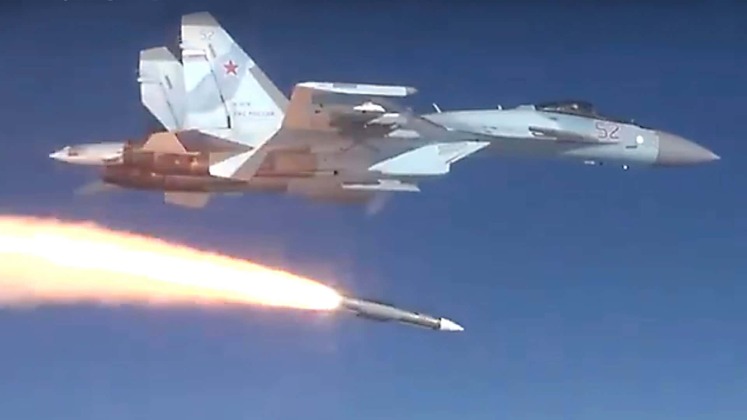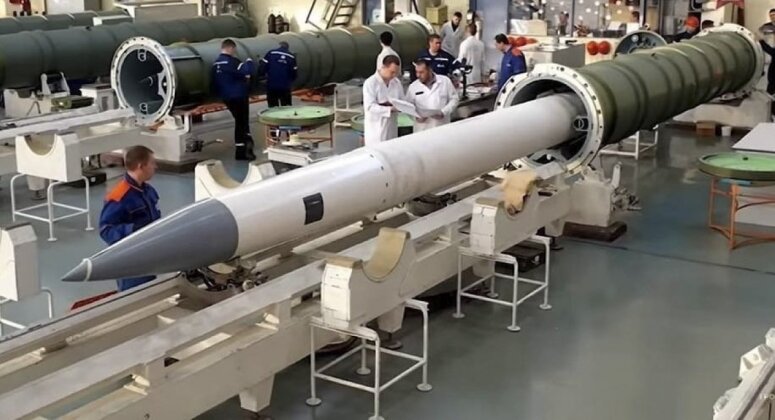The Ukrainian Air Force is set to receive two Saab 340 airborne early warning and control (AEW&C) systems as aid from Sweden, which represent the most significant part of a $1.25 billion support package provided by Stockholm. AEW&Cs deploy oversized radars, in this case the Erieye radar, and are able to better manage the battlespace from the air, provide warning of incoming threats, and in some cases even guide fighters’ air to air missiles to their targets. In Ukraine’s case, this is intended to allow the aircraft to significantly increase the potency of the country’s incoming fleet of F-16 and Mirage 2000 fighter aircraft. The Saab 340 is one of the more conservative and less capable AEW&Cs in service, comparing poorly to the capabilities of world leading assets such as the American E-7 and Chinese KJ-500. With F-16s and Mirage 2000s nevertheless carrying among the smallest radars of any fighter classes, and those being delivered to Ukraine using obsolete Cold War era mechanically scanned array radars, the Swedish AEW&Cs could provide a major increase to situational awareness.
The Saab 340 has the potential to help narrow the situational awareness with frontline Russian fighters such as the Su-30SM and Su-35, which not only deploy radars that are around four times as large as those of the F-16, but also rely on electronically scanned array radars several decades more advanced. Nevertheless, the situation in the airspace over Ukraine raises serious questions regarding the viability of operating a large, unmanoeuvrable, non stealthy and very high value aircraft, with the reach of the Russian Air Force placing prospects for their survivability in serious doubt. Despite the severe limitations of its fighter fleet and air defence capabilities, Ukraine has been credited with Western sources with having shot down two Russian A-50 AEW&Cs. This was despite Russia’s considerable strategic depth providing the aircraft with much more room to operate and withdraw in when under threat. By contrast, Saab 340s over Ukraine would face a much larger more capable air force and arsenal of surface to air assets, while having far less room to withdraw and deploying from bases more easily within the reach of Russian strikes.

Russia has demonstrated the capabilities of its particular long ranged air to air and surface to air missiles well optimised for strikes on high value assets such as AEW&Cs, most notably the R-37M missile deployed by its Su-35 and MiG-31 aircraft and the 40N6 missile deployed by its S-400 systems. The R-37M is an oversized missile with an impressive 400km range and Mach 6 speed, and was designed to threaten both fighters and support aircraft while being particularly dangerous against the latter. The missile has been combat tested extensively in Ukraine, and is deployed by MiG-31BM interceptors that carry the world’s largest radars designed for air to air engagements, meaning they can guide missiles to targets over 400km away without support from other sensors. The British Ministry of Defence reported in January 2023 that R-37Ms were being used to great effect to engage Ukrainian aircraft from over 200km away. Other than the Chinese PL-XX, the missile class is considered unrivalled worldwide.

Alongside the R-37M, the unique 40N6 missile can facilitate targeting at ranges of up to 400km, and has a unique trajectory that involves ascending to extreme near space altitudes before descending towards its target, providing an unparalleled over the horizon strike capability even against very low flying targets. Use of one of these missiles against Ukrainian targets was first reported by credible sources on November 7, 2023. With S-400s deployed well within Ukraine’s internationally recognised borders, while MiG-31s continue to play a central role in the Russian war effort, Saab 340s will be highly vulnerable. The ability of ageing F-16s and Mirage 2000s with much shorter ranged anti aircraft weapons to provide protection to these assets, particularly against aircraft with close to four times their engagement ranges and with both quantitative and technological advantages, remains highly limited.
